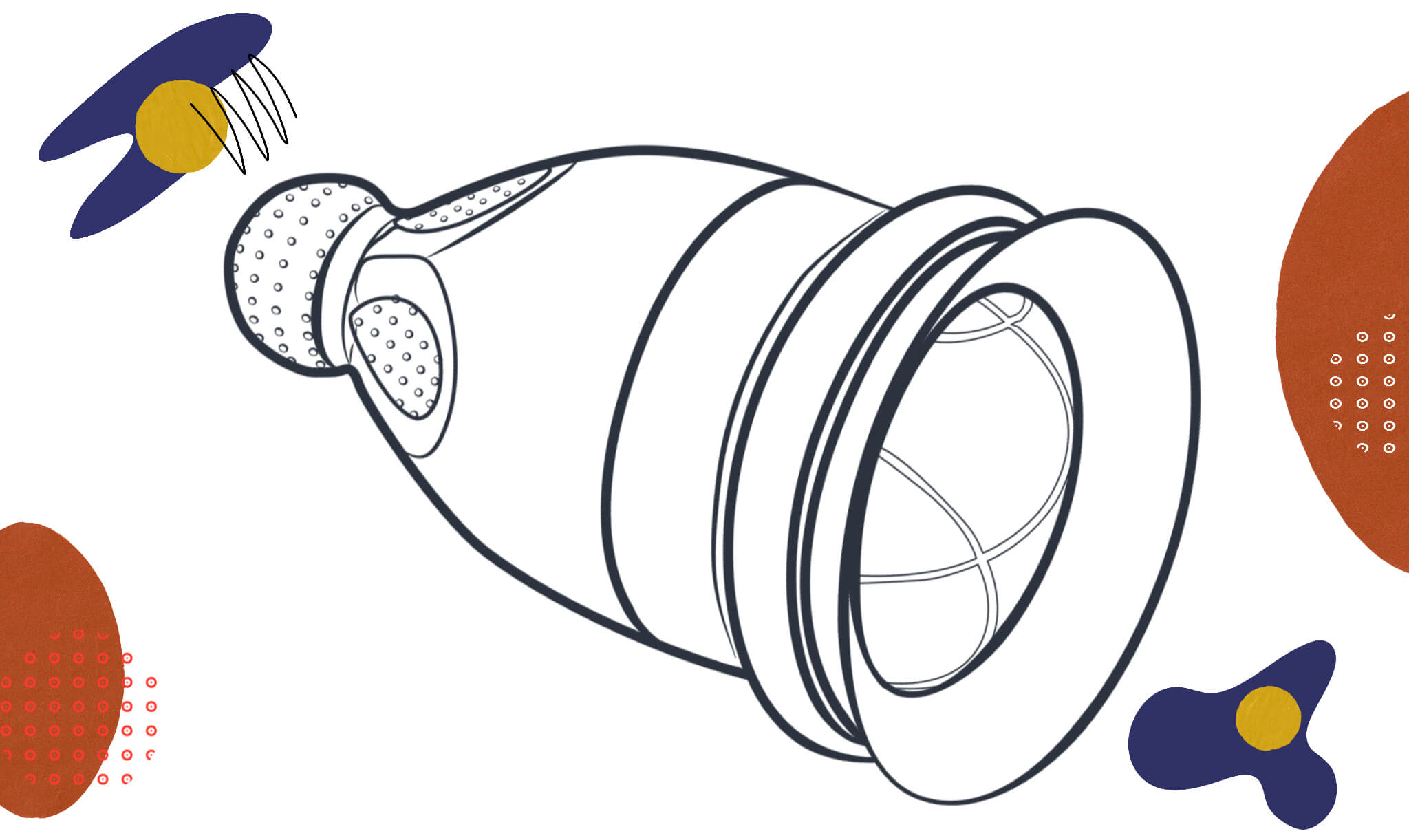
Since it was designed from the ground up, going back to first principles to find its form instead of adapting existing blueprints, the bfree cup has many features which set it apart. By investing time in research into the actual macro and microscopic structure of a silicone menstrual cup, we identified some consistent fundamental problems in their fundamental shape and function. Some of the obvious issues to our engineers, were high incidence of reported leaking, difficulty breaking the seal inside the body, and challenges in prolonged hygienic maintenance. Cups were getting stinky, and often. Our team realized the crucial problem of keeping a menstrual cup sterile, which drove and funded our research, was not only affecting remote communities in the Global South. Our work could break down barriers for menstruating people all over the world, including in our own neighbourhoods. The need for something that was discreet in use, and in between cycles, was universal.
So many challenges scientists face are solved in nature. The breakthrough moment occurred when our material scientists considered natural anti-fouling surfaces in nature. Many plants, insects and animals have surfaces that exhibit this so-called lotus effect, where the superhydrophobic surface prevents the formation of a biofilm and therefore can be described as physically antibacterial. We were adamant that we could not introduce chemical microbicides of any sort into the manufacturing process, as the vagina is a thriving biome of healthy bacteria. Nothing in the ingredients of any period product should disrupt this. Now the challenge was to recreate in our labs what occurred on its own in nature, as scientists have so often done.
It was not easy. It could not have been done without the coordinated determination of our team of engineers, material scientists and physicists. The hard work paid off. A process for creating silicone with a replenishing slippery surface was established. The design of the cup would incorporate this technology, and the other improvements to the menstrual cup design could be implemented. The fun began: designing the world's most comfortable, reliable menstrual cup, while designing and thoroughly implementing tests on the reliability of this new bfree technology.
Fluorescent microscopy images of P. aeruginosa biofilm formation after 4 hours under static culture on the outer (a) and inner (b) surface of the the standard silicone menstrual cup and on the outer (c) and inner (d) surfaces of the bfree cup (scale bar = 100 𝞵m)
Results of a cleaning experiment after 1 hour, 24 hours and 7 days on standard PDMS (silicone) and bfree PDMS (silicone). After just an hour, untreated silicone retained blood stain when cleaned only with a wipe. The bfree treated silicone removes blood stains effectively even after blood has dried on for 7 days. The superhydrophobic surface was effective at all time intervals.
Results of a cleaning experiment at the same time intervals as in the experiment with the wiping alone but using an additional jet of water to aid cleaning. The Bfree silicone removes blood stains even after 7 days of staining, whereas the basic silicone was effectively soiled after a week, and would have required thorough sterilization to be considered hygienic.



